Hey kids, when most people hear the word “chemistry”, they think of creepy laboratories with bubbling beakers of toxic goo. But chemistry can happen any time two different things react together to make something new, and there are fun science experiments that you can do right in your kitchen! Experiment 1: Magic Mud All you
Hey kids, when most people hear the word “chemistry”, they think of creepy laboratories with bubbling beakers of toxic goo. But chemistry can happen any time two different things react together to make something new, and there are fun science experiments that you can do right in your kitchen!
Experiment 1: Magic Mud
All you need for this experiment is some cornstarch, water, and a little bit of food colouring to show it off.
- Add 5 tablespoons of cornstarch to a bowl. Make sure you use something to scrape off the extra starch so you have a nice level spoonful.
- Add 3 tablespoons of water to the bowl.
- Add 3 drops of food colouring.
- Stir the mixture.
This mixture should be hard to stir unless you stir very, very slowly. If it seems runny, add a few pinches more cornstarch. If it seems really dry, add a bit more water.
Now try squeezing a little bit of your magic mud between your fingers and rolling it into a ball. Then open your hand and watch what happens. Poke the top of your magic mud quickly, and your finger will bounce off. But if you sink your finger in slowly, the mud will swallow it up! It acts like a liquid and a solid!
For a real adventure, try using the same measurements (5 parts cornstarch, 3 parts water) to make up a really big batch in a large pan, or even a kids’ swimming pool! If you run fast enough, you can actually run across the top of the magic mud. Just don’t slow down, or you’ll find yourself sinking into the goo!
Experiment 2: The Incredible Giant Hand
For this experiment, you will need baking soda, vinegar, and a rubber glove. If you don’t have one, you could use a balloon to make The Incredible Giant Head.
- Use a marker to draw hair on the rubber glove (or a face on the balloon).
- Carefully add a few spoonfulls of baking soda to the glove.
- Pour some vinegar into the glove.
- Tie the glove closed, like you would a balloon. Shake it around a bit.
Now watch what happens. The hand (or head) will grow!
When the solid baking soda and the liquid vinegar meet, they react to form a gas called carbon dioxide. They make so much of it that it will blow up your balloon for you.
Experiment 3: Acid or Alkali
For this experiment, you need some beetroot or red cabbage. It also provides you with a tasty snack.
- Have an adult help you boil the cabbage or beetroot until the water changes colour.
- Collect some of the coloured water.
Scientists use something called pH indicator to measure how acid or alkali something is. Different acids and alkalis will make the indicator change different colours.
You’ve just made pH indicator. Have an adult help you test small amounts of your coloured water with acids and alkalis around the house. Vinegar, juice, household cleaners, antacid tablets, and baking soda are good places to start. The more acidic something is, the lower the pH number. See if you can figure out the pH of your test subjects:
pH Colour
2 red (very acidic)
4 purple
6 violet
8 blue
10 blue-green
12 yellow-green (very alkali)
And the best part about this experiment is that you can eat the vegetables you cooked! Now that’s fun science!
Post by Sarah

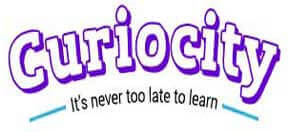



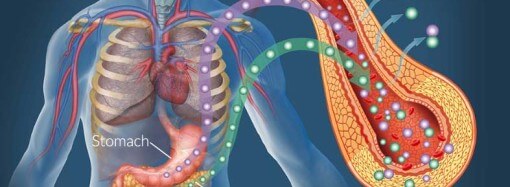

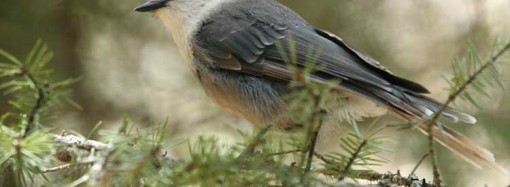
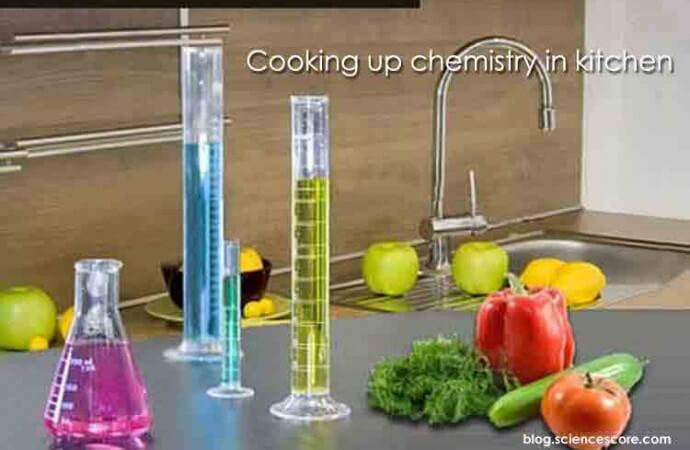
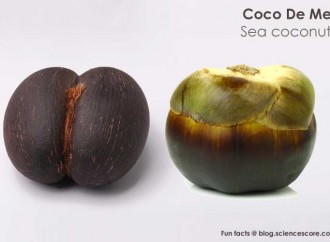

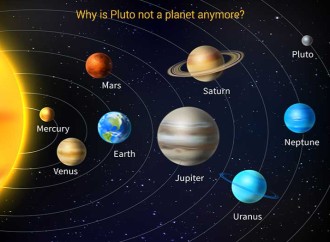



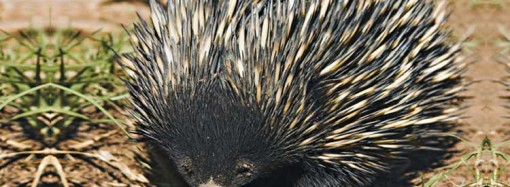
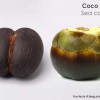

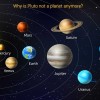
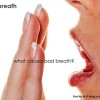






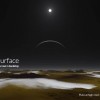

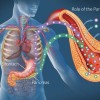


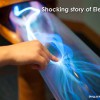
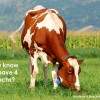
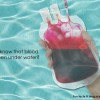
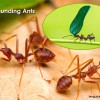






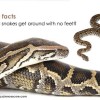




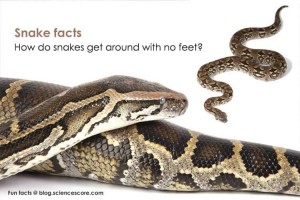

Leave a Reply